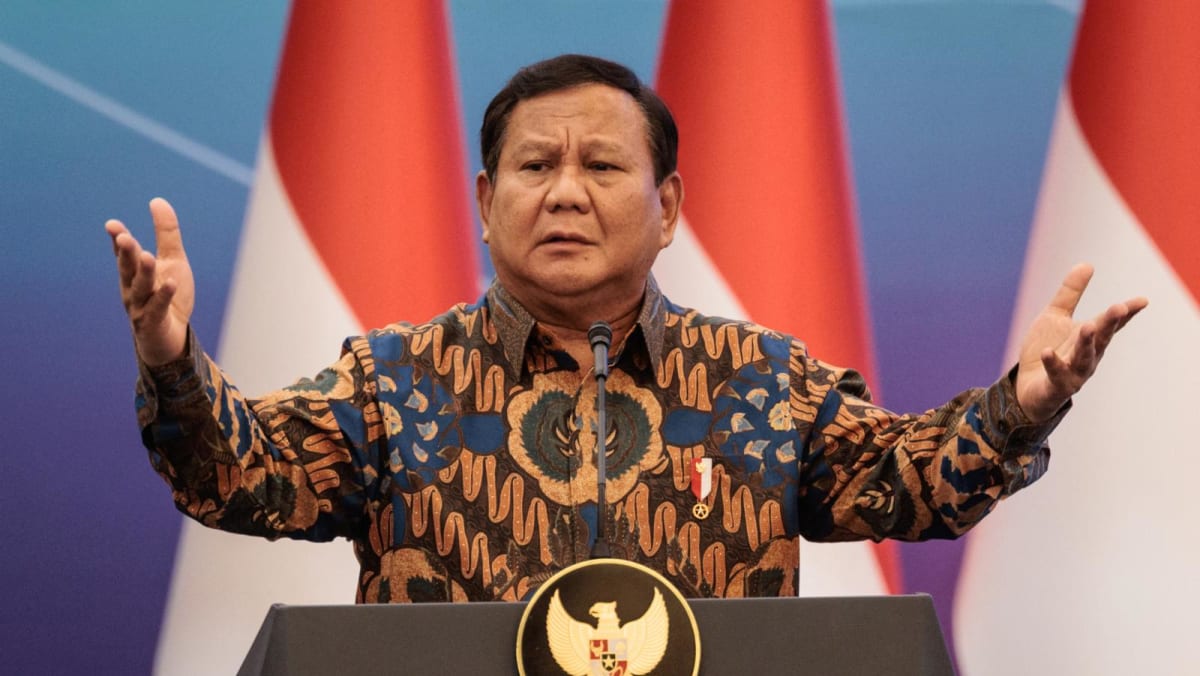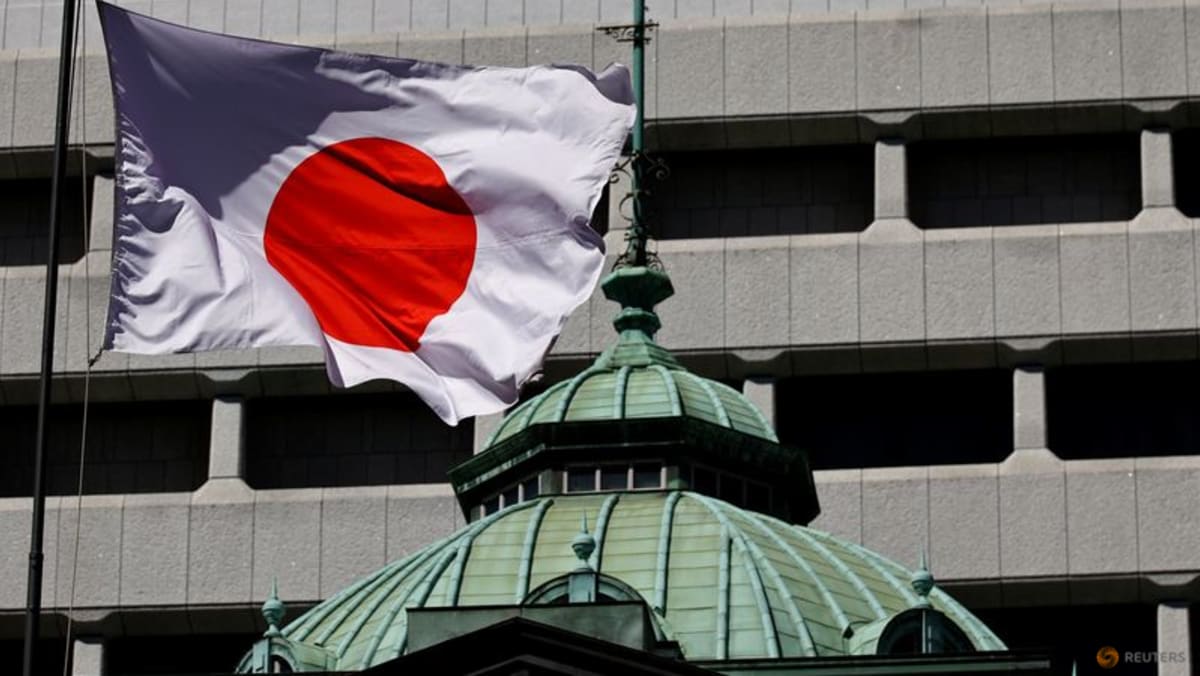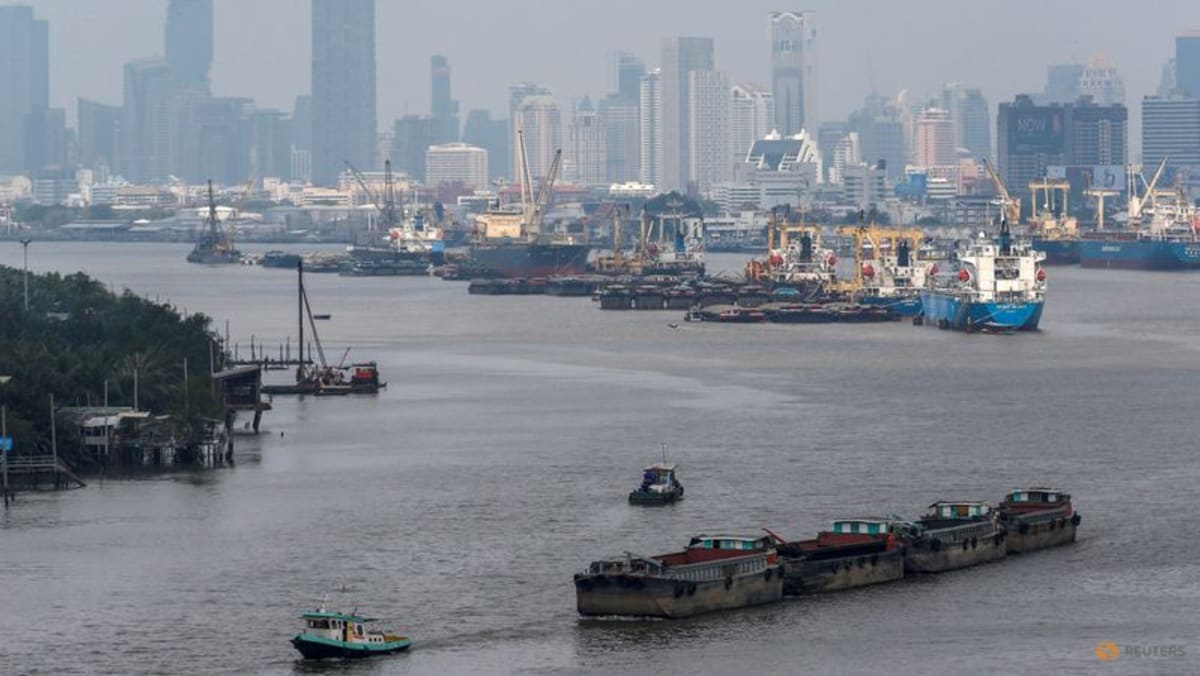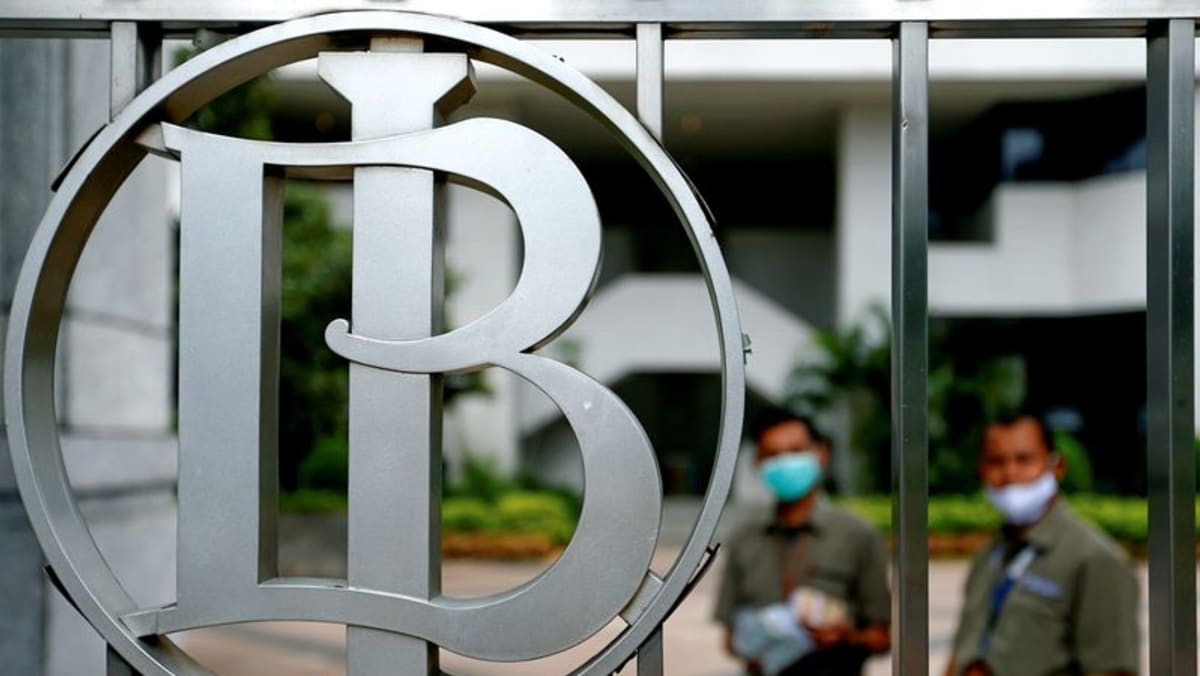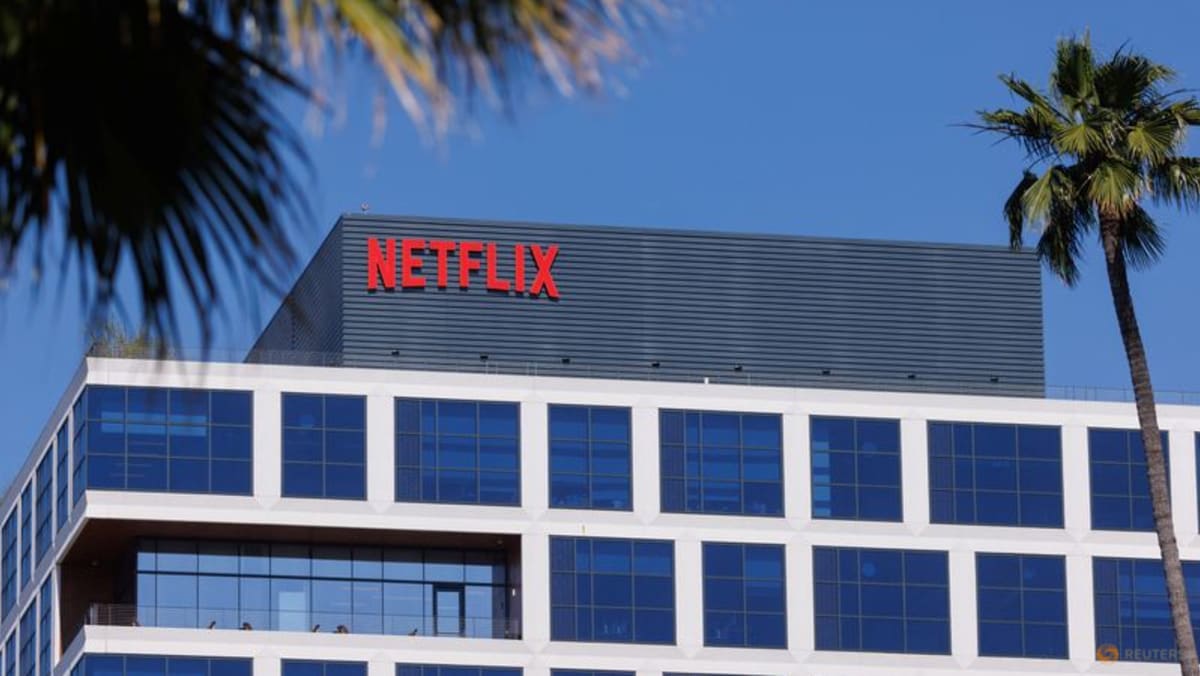TOKYO : The Bank of Japan is expected to signal next week that risks from higher U.S. tariffs won’t derail a cycle of rising wages and inflation seen as crucial to keep raising interest rates, said four sources familiar with its thinking.
The assessment, to be included in its quarterly outlook report due on May 1, will underscore the BOJ’s desire to keep alive market expectations of further interest rate hikes – even though the timing of its next move could be months away.
“It’s hard to predict the exact damage to the economy from (President Donald) Trump’s tariffs at this stage,” said one of the sources. “On the other hand, it’s clear intensifying job shortages will pressure Japanese companies to keep hiking pay,” the source said.
“Risks have heightened, but probably not enough yet to overhaul the BOJ’s baseline scenario of a moderate economic recovery,” another source said. “Unlike during the COVID-19 pandemic, it’s not as if demand has suddenly evaporated.”
The language is subject to change as there is no consensus within the BOJ on details of the report, which will not be finalised until closer to the April 30-May 1 meeting.
Such a hawkish message may help Japan fend off criticism from Trump that Tokyo is keeping the yen artificially weak to give its exports a competitive trade advantage, some analysts say.
At the two-day policy meeting ending on May 1, the BOJ will cut its economic growth forecasts and warn of escalating risks from Trump’s sweeping tariffs that are set to dent global demand, the sources said.
The central bank may also push back the expected timing for sustainably meeting its 2 per cent inflation target, which was seen around the latter half of fiscal 2025 in current projections made in January, they said.
But the BOJ will roughly maintain its view that a tight job market will prod firms to keep raising wages, the sources said.
CURVE BALL
With markets still volatile, the central bank is widely expected to keep short-term rates steady at 0.5 per cent at the April 30-May 1 meeting.
Still, many BOJ policymakers are wary of concluding that further rate hikes are completely off the table, given a lack of hard data on the hit from tariffs to the economy and uncertainty over the outcome of bilateral trade negotiations, they said.
Given the unpredictable nature of Trump’s comments and the outcome of bilateral trade talks, the BOJ’s new estimates will be based on shaky assumptions that could change rapidly in the coming months, the sources say.
“For the BOJ, the best approach now would be to sit tight, keep a low profile and wait for more clarity on developments,” a third source said. “Coming up with a baseline forecast itself is so difficult this time,” a fourth source said.
A curve ball for the BOJ could come from this week’s expected meeting in Washington between Japanese Finance Minister Katsunobu Kato and U.S. Treasury Secretary Scott Bessent, where currency rates are likely to be among key topics of debate.
Trump – who unexpectedly joined the first round of bilateral trade talks last week and touted “big progress” – has indicated he wants the negotiations to include his accusations that Tokyo intentionally weakens its currency to give its exporters an unfair advantage.
Bessent has also said he was looking forward to discussions with Japan on tariff, non-tariff barriers and exchange rates.
Some analysts say the BOJ’s ultra-low interest rates, and the slow pace at which it is pushing up borrowing costs, could come under attack by the U.S. for keeping the yen weak.
Along with finance minister Kato, BOJ Governor Kazuo Ueda will be in Washington this week from Japan to attend the G20 finance leaders’ gathering and the annual spring International Monetary Fund meetings.
